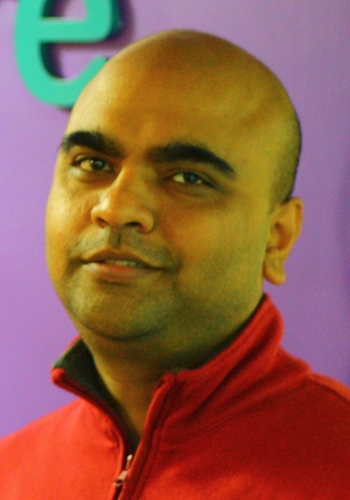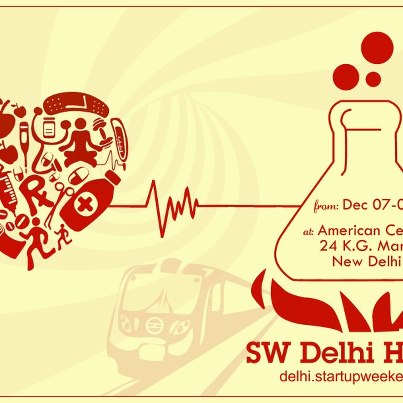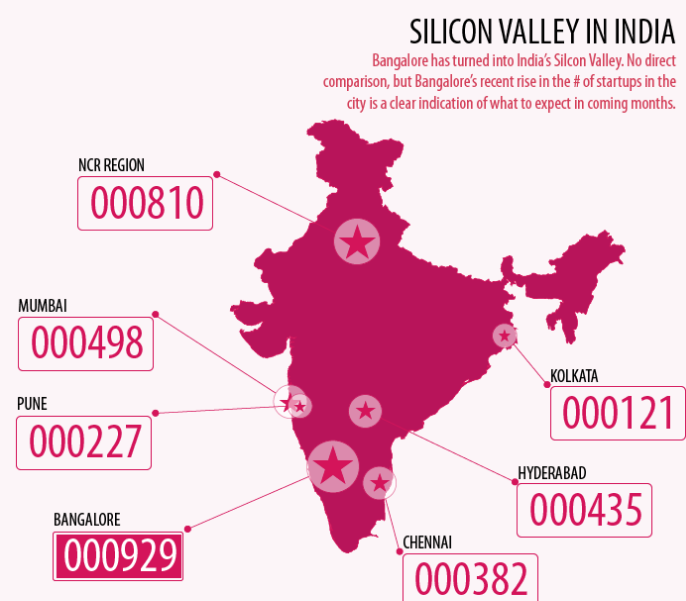Every Technology driven work is supported by a piece of software and that software may be a very small piece of code written to fulfill requirement like recording expenses of house, artificial intelligence, robotics or weather forecast.
Some daily life impacting processes converted from manual to totally computerized like medical consultations, online airline ticketing, books and gifts purchase, hotel booking etc are some of the process achieved through software.
These software’s may be broadly categorized in two ways :
1) Software Project: A project, by definition, is a temporary activity with a starting date, specific goals and conditions, defined responsibilities, a budget, a planning, a fixed end date and multiple parties involved.
2) Software Product: By Dictionary Definition: software product – merchandise consisting of a computer program that is offered for sale
Software Project: We may consider project which consists of finding solution to a particular problem to a particular client. It depends on various products. By using the Hardware, Middleware, Operating system, Languages and Tools only we will develop a project. Here the requirements are gathered from the client and analyzed with that client and start to develop the project. Here the end user is one and complete development is based on the end user needs.
Software Product: Products are developed not for any specific client or one customer. Here the requirements are gathered from market and analyze that with some experts and start to develop the product. After developing the products they try to market it as a solution. Here the end users are more than one. Product development is never ending process and customization is done regularly and continuously.
In business and engineering, New Product Development (NPD) is the term used to describe the complete process of bringing a new product to market. It starts from Idea generation, Product design and deal engineering along with market analysis and business opportunity size.
To give a real life example of popular product v/s project ,some are as below :
From India – Well-known software products
- Tally – A Financial Accounting / ERP software
- Social Twist – Social Media Communication / Integration
- XgenPlus – Worlds Most Advanced Email Solution
- Natural –Multilingual Accounting Software
- Quickheal – Antivirus Software
From abroad: Well-known software products
- MS Exchange – Email Server
- Oracle – RDMS Database
- Angrybird = Game for mobile phone and pc
- McAfee – Antivirus
From India – Well-known software projects
- IRCTC Online Booking –Railways ticket booking online
- Rajasthan Wild Life – Online booking for National Park
- MakeMyTrip –Makemytrip.com airline, railway online booking
- MeraMail – Times of India Email software
From abroad: Well-known software projects
- Amazon : Online store
- Gmail : Google Email Software
- DateandTime : Global Date and Time
- BigFish – Online Games and Software distribution
The companies who make these small to big software projects targets for getting a software project delivered to the users’ satisfaction, ontime and on budget. Sometimes someone has to ensure the system lasts for the long term.
The project and the product might start at the same point, but they usually finish at very different points. A project finishes with the last milestone release of the code — and a party. The product finishes with the opposite: the last byte of code being removed from the servers — and a party only if it was really nasty software.
From the above examples, you might question how Gmail or Meramail is a project v/s MS Exchange. My point of view on this is very simple. Gmail/ meramail Software is not available for sale / FREE or downloadable even for trial. So I would assume it’s a project built as per the need of the respective company and is made available to be used as service. On the other hand Gmail App available on IOS and Android phone will be called as product, which is available and downloadable from respective app store. Like wise you can purchase / download MS Exchange and XgenPlus email software, but cannot download / purchase Gmail and Meramail software.
You might argue that Gmail is available as SaaS i.e Software as a Service. Sure it is, but it does not fit in the definition and nature of the “product”. Moreover, if we remove service out of the Gmail, Do we get software product ? The answer is “No”, on the other hand if we provide SaaS on MS Exchange, the story will be different. May be this difference will be well understood if the difference between Product / Services / Software as a Service are understood properly. May be need of an another article 🙂

























